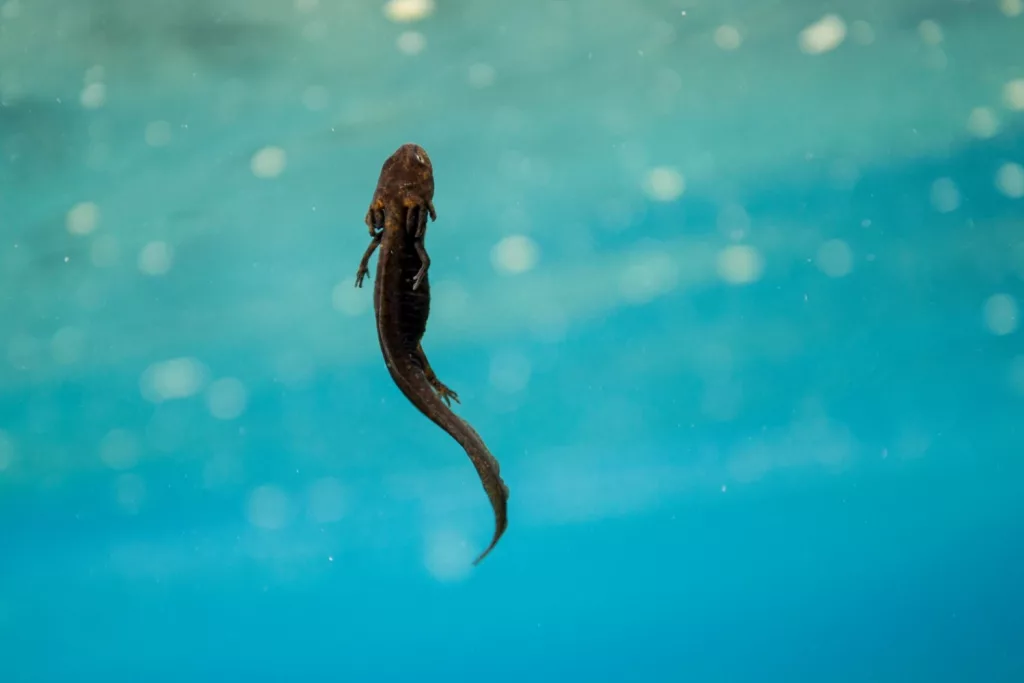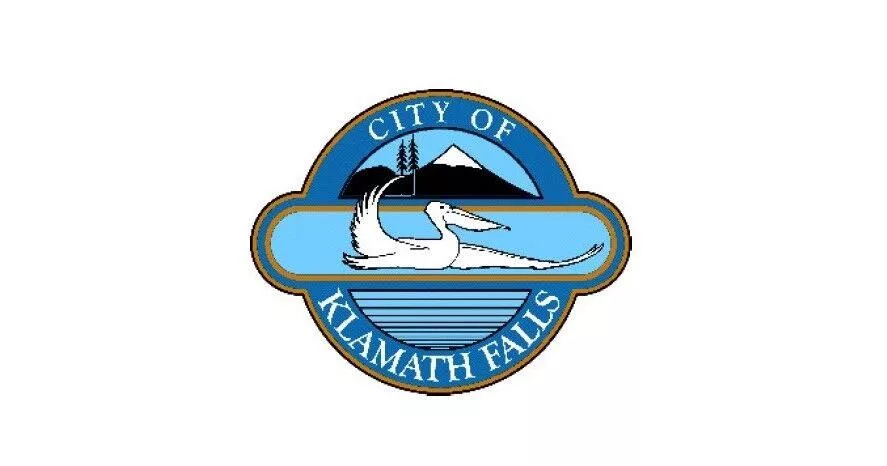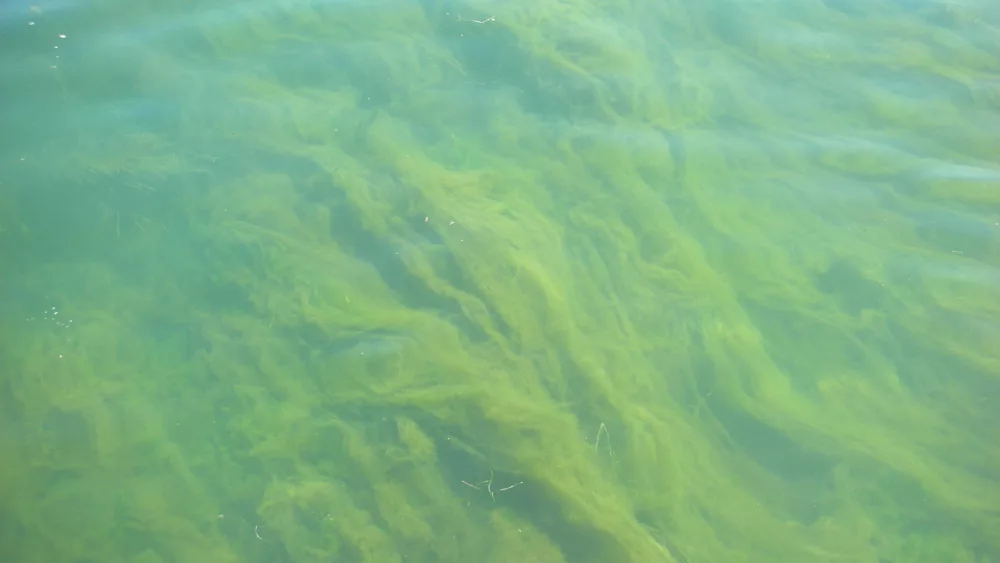Photo by National Park Service
PORTLAND, Ore.— The Center for Biological Diversity notified the Trump administration today that it intends to sue over the U.S. Fish and Wildlife Service’s failure to protect the critically imperiled Crater Lake newt under the Endangered Species Act. The newts live only in Crater Lake, and their population has collapsed in recent years because of the expansion of introduced signal crayfish and warming lake temperatures from climate change.
“Crater Lake newts are unique little amphibians on the brink of extinction and urgent action is needed for them to have any chance of survival,” said Chelsea Stewart-Fusek, an endangered species attorney at the Center. “We’re at the point where newts may need to be bred in captivity until the explosion of crayfish can be addressed. The longer the government waits, the harder it’ll be for these irreplaceable amphibians to recover.”
Following the Center for Biological Diversity’s legal petition in 2023, the Service announced that the Crater Lake newt may qualify for protection under the Endangered Species Act. However, the Service has yet to grant the species any protections and the Trump administration’s cuts to the agency will make it harder to protect imperiled wildlife.
Crater Lake newts, also known as Mazama newts, are a subspecies of the more widely distributed rough-skinned newt. While the rough-skinned newt produces a potent neurotoxin to deter predators, the Crater Lake newt is adapted to being at the top of the lake’s aquatic food chain and lacks any predator defense mechanisms.
In the late 1800s fish were introduced to the lake to attract visitors, and in 1915 park managers introduced signal crayfish as a food source for the fish. Both fish and crayfish prey upon the newt, but it wasn’t until lake temperatures warmed because of climate change that the number of crayfish exploded, decimating newt populations. Crayfish now occupy more than 95% of the lake’s shoreline and scientists project they could occupy 100% in less than two years. Crayfish also compete with newts for food, as both species feed on invertebrates. In 2023 surveys detected 35 newts and in 2024 scientists found just 13.
Crater Lake is famous for being one of the world’s deepest and clearest lakes. Scientists have found that by preying on the lake’s native plankton-consuming invertebrates, crayfish are increasing algae growth in the lake, threatening its clarity.
Introductions of non-native species to water bodies — often by public lands managers — have had devastating consequences for native species and ecosystems and play a significant role in amphibian declines and extinctions worldwide. The harms from invasive species are worsened by climate change.
If the newts are protected under the Endangered Species Act, federal funding could help with crayfish removal and a captive breeding program for them.
“Amphibians act as canaries in the coal mine, and right now more than 40% of the world’s amphibians are at risk of extinction,” said Stewart-Fusek. “This is a grave warning that should be taken seriously. What harms wildlife and their habitat endangers us, too.”





